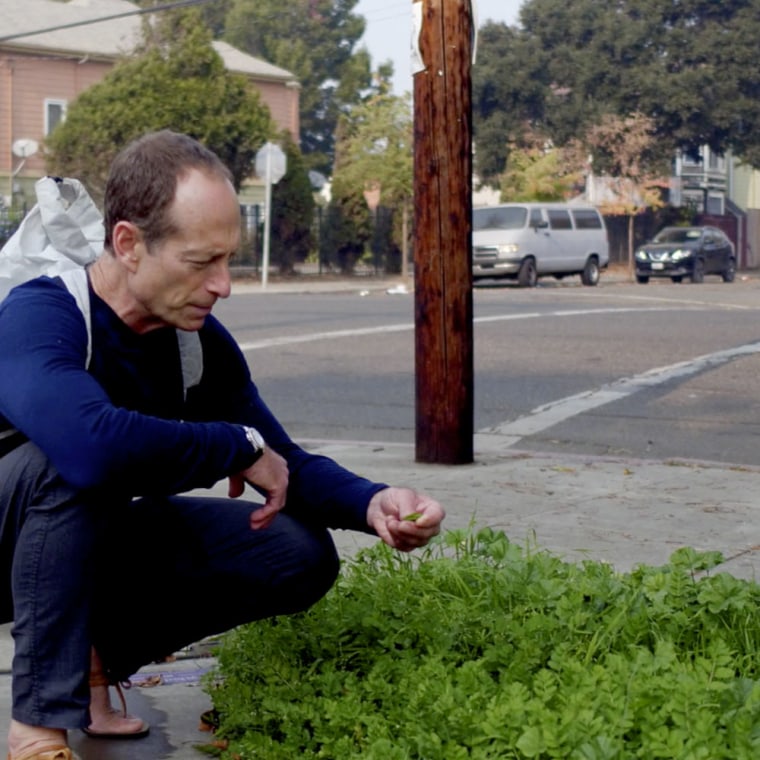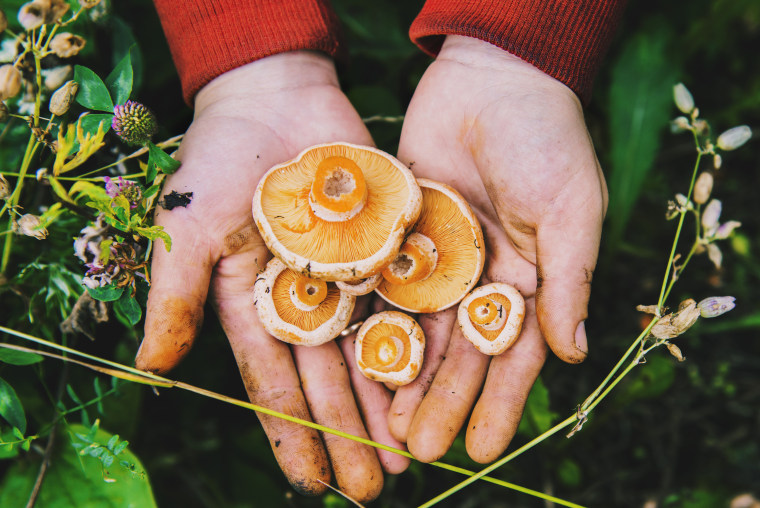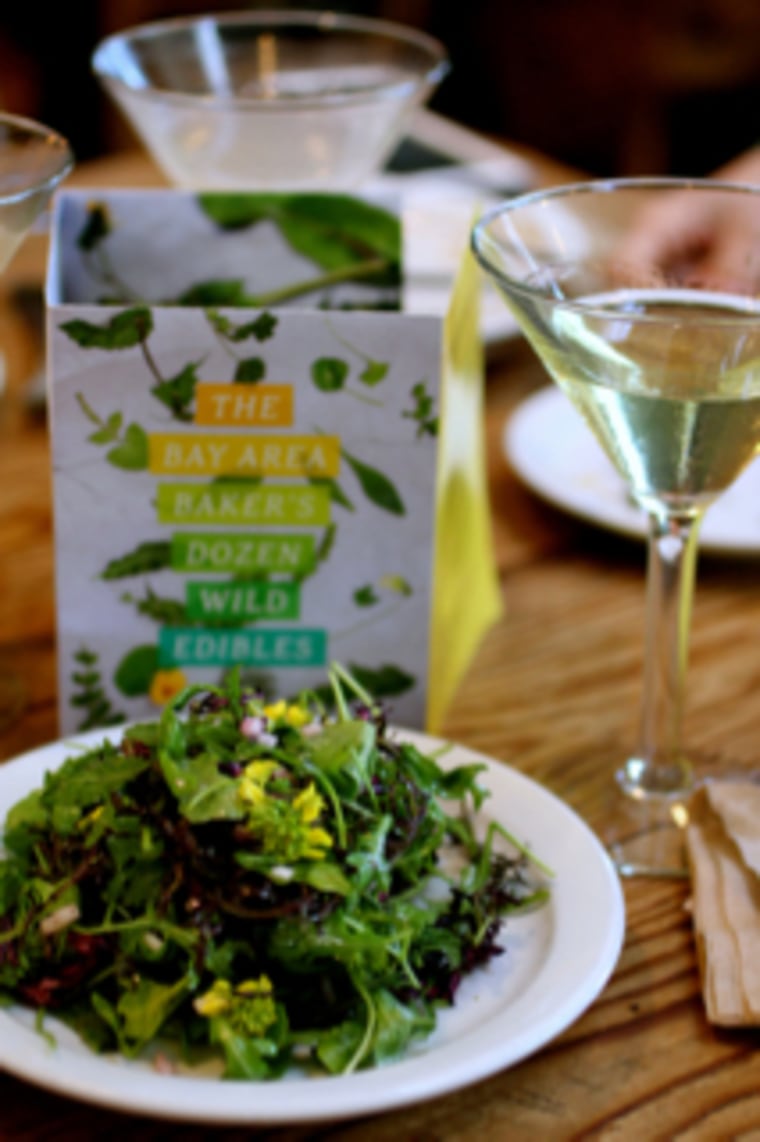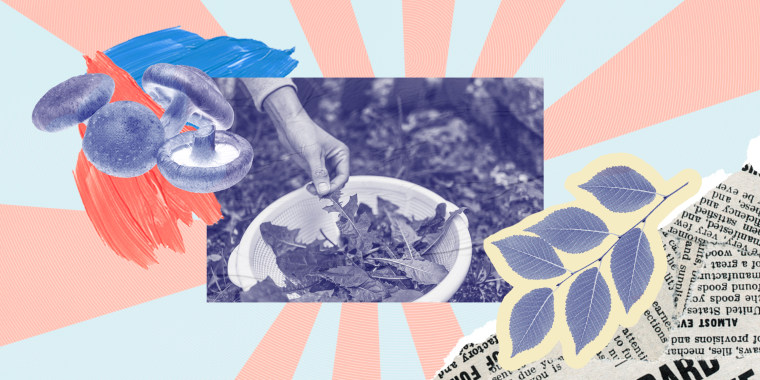When I first met Philip Stark at a dinner last year, I was fascinated by his expertise in finding nutritious, beautiful food in concrete cities.
Stark is an expert in foraging urban landscapes as well as a statistics professor and associate dean of UC Berkeley's Division of Mathematical and Physical Sciences. He founded the university's Open Source Food program, which leads research and studies about building healthier food systems around the world.

Edible weeds, whether from the forest, gardens or even cracks between sidewalks, can make for some tasty dishes, like lamb enlivened with foraged greens and morel mushrooms. But for Stark, using weeds as a food source isn't just an eccentric hobby: He believes this is the future of agriculture.
"I think that these particular plant foods may be the key to the future of agriculture on a changing planet," Stark told TMRW by phone in late October. "Right now, they volunteer between rows of plants on farms and on sidewalks. But as the climate changes, our current commercial agriculture and crops will suffer (and) won't thrive as well. We'll be faced with difficulties with how to feed the growing population on the planet."
According to Stark, the conversation about how to accommodate the population, some of which suffers from food insecurity already, lies heavily on genetically modified organisms. While GMOs are a potential solution, Stark fears the negative side effects of relying on industrial monocropping (growing only one crop on the same land repeatedly), which could obliterate natural biodiversity that the planet needs to remain healthy.
As scientists and large companies work to engineer new plants, Stark urges people look at the incredibly resilient plants growing right in front of them.

"The characteristics of an ideal crop is that it doesn’t require irrigation — plants that compete well with other plants, have a long, productive season, are edible from root to flower, nutritious, delicious. You'd like it to be pollinated by a wide variety of things, from wind to insects to birds … and you'd like it to spread easily. All of these are properties of that as a weed," Stark told TMRW.
Scouring cities or forests for edible goodies has benefits (from enjoying fresh, seasonal produce to avoiding crowded grocery stores), but Stark is realistic that foraging will more or less remain an avocation. For weeds to become a viable food source in agriculture as the world faces changes in the climate, he says we need to familiarize farmers and consumers with edible weeds that are native to their lands.

"These weeds are already there," Stark said, adding that farmers spend time and money getting rid of invasive species naturally growing around their crops. "What I see as the challenge right now, the first-mile problem: How to get weeds from the farm out to the food supply/consumer?"
One way Stark has been working on changing hearts and minds about eating weeds is with the Berkeley Open Source Food program. During Wild/Feral Food Week in May, the program champions weeds native in the Bay Area to local chefs and restaurants. (He notes that it's important to grow local weeds so foreign varieties don't invade and affect the biodiversity of a given landscape.) Using different types of edible weeds, chefs transform common plants that people would remove from their gardens into beautiful, delicious dishes.
Before foraging on one's own, Stark advised researching plant varieties and following a few safety steps.
"Be sure to identify the plant correctly before chowing down on it," he said. "Identify something more than one way and the first time you eat it (even if you're 100% sure of identification), don’t eat a lot of it."

Stark's personal favorites include sheep's sorrel, wild radish and bay nuts. He said the radish's leaves and seed pods make a fruit that's "exceptionally delicious," while the sorrel has "got this wonderfully tooth-and-mouth feel and a bright lemony flavor."
"Bay nuts are in season right now — when roasted, it tastes somewhere between coffee and chocolate," Stark said. "A lot of my foraging is a kind of botanical mixology. I forage a lot of herbs and infuse them into spirits ... taro and mugwort and a number of things. It's hard to pick a favorite."
Stark hopes to integrate weeds as a food source, not just on farms, but as edible landscapes. He envisions parks and gardens as spaces that play a role in the earth's healthful ecology and improve food security.
"I actually see, as a bright future for America and planet as a whole, is to shift our view of these plants as a nuisance to a resource," Stark said. "They have been part of human culture since before agriculture and are a part of our landscape."

